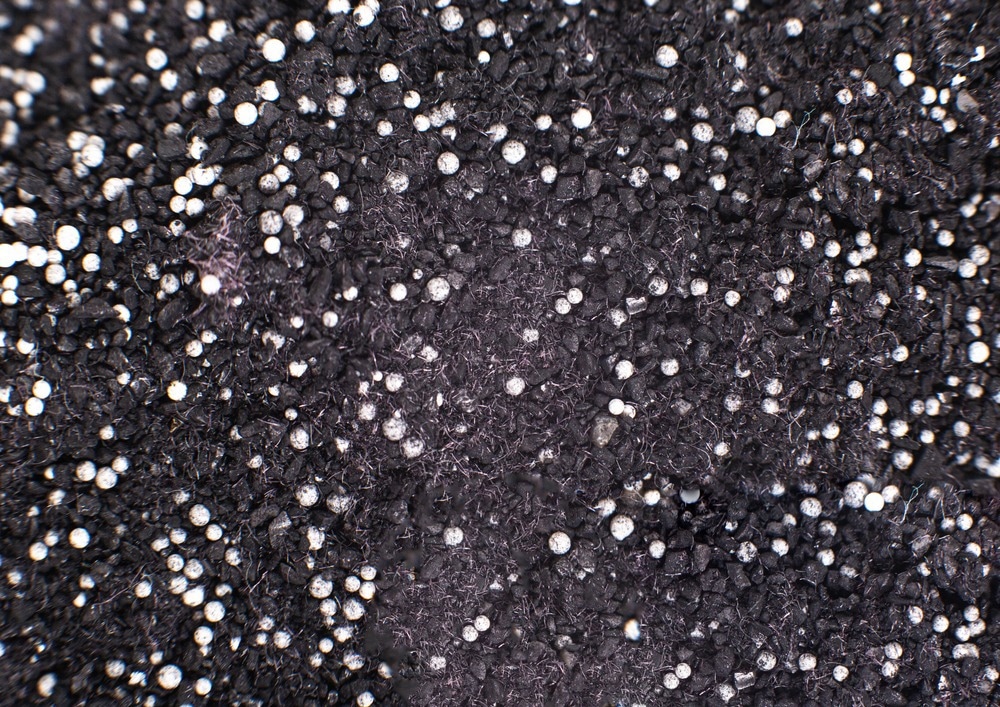There is a pressing need for renewable, biodegradable air filters with excellent filtering efficiency. In a study published in Materials Today: Proceedings, nanocellulose sheets were developed for use as air filters using wood pulp.

Study: Processing of nanocellulose sheet for capturing fine particulate matter. Image Credit: HENADZI KlLENT/Shutterstock.com
The Harmful Impact of Particulate Matter
Air pollution continues to increase global concern because it negatively impacts the quality of life and is detrimental to the climate and ecosystems.
Particulate matter (PM) is a prominent kind of air contaminant, consisting of nitrates, sulfates, mineral dust, and black carbon. Depending upon the size of particles, particulate matter is characterized as PM2.5 and PM10, corresponding to particle sizes less than 2.5 μm and 10 μm, respectively.
Pollution caused by PM2.5 is quite detrimental to human health. The microscopic particle size of PM2.5 allows it to enter the lungs and bronchi, leading to serious pulmonary conditions.
Even more harmful is the particulate matter having a smallest particle size of 0.3 μm (PM0.3). PM0.3 may enter the bloodstream and cause much more serious conditions and even lead to death.
High-performance air filtering materials are, therefore, in high demand.
The Advantages of Nanocellulose
Nanocellulose is becoming increasingly popular as a sustainable replacement for synthetic polymers. Nanocellulose is an organic, biodegradable substance of nanoscale cellulose fibrils with exceptional mechanical, chemical, and physical capabilities.
Mechanical refinement is the most popular approach for increasing paper strength. Refinement or beating of paper causes fiber bulging, shortening, and fine formation. The enhanced bonding owing to the shortened fibers improves stiffness and tensile strength.
Nanofibers are a kind of nanocellulose, and their higher aspect ratio sets them apart from the other types of nanocellulose. This higher aspect ratio can help nanocellulose provide increased tensile strength.
Packaging of foodstuff, water purification, medicinal products, and, most importantly, removal of particulate matter are all applications of nanocellulose generated from lignocellulosic biomass feedstock.
Research Methodology
In this study, the team utilized the lab valley beater (LVB) and super mass collider (SMC) techniques as refinement procedures to create fibers of microcellulose and nanocellulose. The influence of refinement on the structure and bonding qualities of nanocellulose fibers was investigated using optical and scanning electron microscopy.
Nonwoven sheets consisting of microcellulose and nanocellulose were created using a hand sheet former. A Canadian Standard Freeness (CSF) tester and consistency device was used to determine the ability to drain the pulp fibers before and after refinement.
A texture analyzer was used to assess the nanocellulose sheet porosity and tensile strength, as well as its smoothness and softness. Afterwards, the team tested the capacity of nanocellulose sheets to capture fine particulate matter.
Important Findings of the Study
According to the findings of this research, LVB and SMC refinement significantly impacted the structure of nanocellulose and microcellulose fibers.
The LVB refinement yielded microcellulose. The length of the fibers decreased as the refinement time increased, resulting in high tensile strength of the nanocellulose sheet.
SMC refinement produced fibers of microcellulose as well as nanocellulose. Higher clearance values produced microcellulose, while lower clearance values yielded nanocellulose.
Although there was a small decrease in fiber length, there was a dramatic decrease in their diameter in SMC refinement because of the narrow grinding area. Moreover, SMC at 0.01 refinement produced fibers having a higher aspect ratio.
A small CSF value for LVB-60 refinement and the poor consistency value for SMC at 0.01 both contributed to the poor ability to drain the nanocellulose sheet.
There was an increase in the tensile strength of LVB nanocellulose sheets with increasing refinement time. The higher aspect ratio fibers in SMC nanocellulose sheets yielded a high tensile strength when the clearance values were lowered.
The densified underside of the nanocellulose sheet required more time than the top side, which was not densified, indicating variations in the number of pores. The dust-capturing capacity of the nanocellulose sheet was highly influenced by fiber fibrillation and pore sizes.
According to the findings of this research, SMC at 0.01 nanocellulose sheets having high aspect ratio fibers, large surface areas, lower consistency, and low porosities showed an improved dust capturing capability, particularly for the fine PM2.5.
Reference
Gulipalli, P., Borle, S., Chivukula, K., & Adusumalli, R. B. (2022). Processing of nanocellulose sheet for capturing fine particulate matter. Materials Today: Proceedings. Available at: https://www.sciencedirect.com/science/article/pii/S2214785322053603
Disclaimer: The views expressed here are those of the author expressed in their private capacity and do not necessarily represent the views of AZoM.com Limited T/A AZoNetwork the owner and operator of this website. This disclaimer forms part of the Terms and conditions of use of this website.